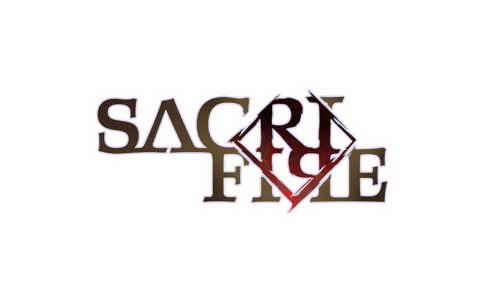
No bones of the animal could be broken either during cooking or during eating. They took their lambs home and roasted them on a spit of pomegranate wood. When the sacrifice was completed and the animal was ready for roasting, each one present carried his lamb home, except when the eve of the Passover fell on a Sabbath, in which case it might not be taken away. The Passover offering is prepared for the altar. The abdomen was then cut open, and the fatty portions intended for the altar were taken out, placed in a vessel, salted, and offered by the priest on the altar, while the remaining entrails likewise were taken out and cleansed.
BRING THE SACRIFIRE SKIN
The lamb was then hung upon special hooks or sticks and skinned but if the eve of the Passover fell on a Sabbath, the skin was removed down to the breast only. The blood from the lamb was collected in a vessel and then passed from one priest to another, hand over hand, until it arrived at the altar upon which it was poured. As in the Temple, the priests arranged themselves in a line stretching from the courtyard in which the lamb was slaughtered all the way to the altar.

The lamb must be checked for blemishes before being slaughtered.

The animal was slain on the eve of the Passover, on the afternoon of the 14th of Nisan, in the courtyard of the Temple in Jerusalem.

Only those who were part of the nation of Israel, circumcised and purified might participate, and they were forbidden to have leavened food in their possession during the act of killing the Passover lamb. Each family or group offered one animal together. The sacrificial animal was either a lamb or goat, had to be a male, one-year-old, and without blemish. Kohanim (Jewish priests) make a priestly blessing in authentic Temple garb over the sacrifice of the Pascal Lamb. In fact, the bringing of the Passover sacrifice resumed only after the Israelites had taken possession of the land, and then the sacrifice was made annually during the times when Solomon’s Temple and the Second Temple stood and functioned. For the next 39 years there was no offering, as God stipulated that it could only be offered after the Children of Israel had entered the Land of Israel. According to Rashi ( Numbers 9:1), only once during their forty years of wandering in the wilderness, one year after the Exodus, was the sacrifice offered. This Passover sacrifice was to be repeated in perpetuity ( Exodus 12:24-27). Like later Passover lambs, the sacrifice was consumed on the first night of the holiday with bitter herbs and matzo. The families were warned to remain in their houses that night. The blood of this first Passover sacrifice was sprinkled on the door-posts of the Israelites as a sign to God, when passing through the land to slay the first-born of the Egyptians that night, that He should pass by the houses of the Israelites. Also, the first korban Pesach did not separate the organs to be burnt on the altar as was the case in later Passover sacrifices. Unlike later Passover sacrifices that were slaughtered in one central location, the first Korban Pesach in Egypt was sacrificed in each household. The passage is best treated as a poetical figure.While still in Egypt, the Children of Israel were commanded to perform the ritual sacrifice of a lamb on the eve of the Exodus from Egypt. Let the people of God be no more separated from one another by schism, as they were by the severance of Israel from Judah let them no more be scattered, as they were in the Assyrian and Babylonian captivity but let them all be bound to one centre of unity - the altar of God." In view of this explanation of the expression as a figurative one, there is no need for inquiries concerning ancient customs of binding sacrifices to altars, or for the assumption that any new practice was enjoined. The Targum, indeed, explains the words as meaning, 'Bring the sacrifice bound until it arrives at the horns of the altar.' But the sense seems to be, bind the festival of dedication to the altar of God - that is, let the joys of all Israelites be concentrated as the joys of one man in a great national act of thankful communion and self-consecration to God.

Nor does it appear to have been possible that the immense number of victims offered on the day of dedication ( Ezra 6:17) could have been so bound. We do not hear that the sacrifices were literally bound to the horns of the altar, on which the blood was sprinkled ( Exodus 29:16 Leviticus 4:7 Leviticus 8:15 Leviticus 9:9). "The Hebrew word 'chug,' translated 'sacrifice,' literally means 'a feast-day.' Probably the word is adopted here, because the expression is a figurative one. God is the LORD, which has showed us light: bind the sacrifice with cords, even to the horns of the altar.…īishop Wordsworth gives the most probable explanation of this difficult passage.


 0 kommentar(er)
0 kommentar(er)
